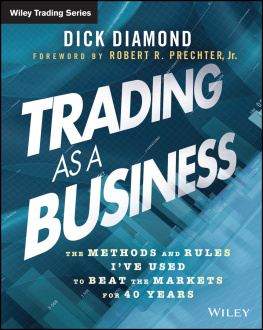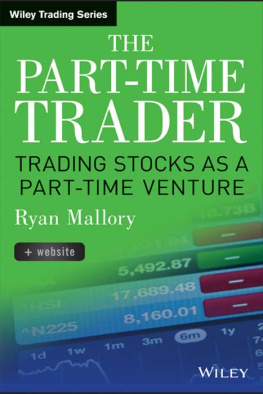
Table of Contents
List of Tables
- Chapter 1: The Basics of Algorithmic Trading
- Chapter 2: Factor Models
- Chapter 3: TimeSeries Analysis
- Chapter 4: Artificial Intelligence Techniques
- Chapter 5: Options Strategies
- Chapter 6: Intraday Trading and Market Microstructure
- Chapter 7: Bitcoins
List of Illustrations
- Chapter 1: The Basics of Algorithmic Trading
- Chapter 2: Factor Models
- Chapter 3: TimeSeries Analysis
- Chapter 4: Artificial Intelligence Techniques
- Chapter 5: Options Strategies
- Chapter 6: Intraday Trading and Market Microstructure
- Chapter 07
- Chapter 8: Algorithmic Trading Is Good for Body and Soul
Guide
Pages
Founded in 1807, John Wiley & Sons is the oldest independent publishing company in the United States. With offices in North America, Europe, Australia, and Asia, Wiley is globally committed to developing and marketing print and electronic products and services for our customers' professional and personal knowledge and understanding.
The Wiley Trading series features books by traders who have survived the market's everchanging temperament and have prosperedsome by reinventing systems, others by getting back to basics. Whether a novice trader, professional, or somewhere in between, these books will provide the advice and strategies needed to prosper today and well into the future.
Formore on this series, visit our website at www.WileyTrading.com.
Copyright 2017 by Ernest P. Chan. All rights reserved.
Published by John Wiley & Sons, Inc., Hoboken, New Jersey.
Published simultaneously in Canada.
No part of this publication may be reproduced, stored in a retrieval system, or transmitted in any form or by any means, electronic, mechanical, photocopying, recording, scanning, or otherwise, except as permitted under Section 107 or 108 of the 1976 United States Copyright Act, without either the prior written permission of the Publisher, or authorization through payment of the appropriate per-copy fee to the Copyright Clearance Center, Inc., 222 Rosewood Drive, Danvers, MA 01923, (978) 750-8400, fax (978) 646-8600, or on the Web at www.copyright.com. Requests to the Publisher for permission should be addressed to the Permissions Department, John Wiley & Sons, Inc., 111 River Street, Hoboken, NJ 07030, (201) 748-6011, fax (201) 748-6008, or online at http://www.wiley.com/go/permissions.
Limit of Liability/Disclaimer of Warranty: While the publisher and author have used their best efforts in preparing this book, they make no representations or warranties with respect to the accuracy or completeness of the contents of this book and specifically disclaim any implied warranties of merchantability or fitness for a particular purpose. No warranty may be created or extended by sales representatives or written sales materials. The advice and strategies contained herein may not be suitable for your situation. You should consult with a professional where appropriate. Neither the publisher nor author shall be liable for any loss of profit or any other commercial damages, including but not limited to special, incidental, consequential, or other damages.
For general information on our other products and services or for technical support, please contact our Customer Care Department within the United States at (800) 762-2974, outside the United States at (317) 572-3993, or fax (317) 572-4002.
Wiley publishes in a variety of print and electronic formats and by print-on-demand. Some material included with standard print versions of this book may not be included in e-books or in print-on-demand. If this book refers to media such as a CD or DVD that is not included in the version you purchased, you may download this material at http://booksupport.wiley.com. For more information about Wiley products, visit www.wiley.com.
Library of Congress Cataloging-in-Publication Data is available:
ISBN 978-1-119-21960-6 (Hardcover)
ISBN 978-1-119-21967-5 (ePDF)
ISBN 978-1-119-21965-1 (ePub)
Cover Design: Wiley
Cover Images: Wave kdrkara90/Shutterstock; Abstract background Marina Koven/Shutterstock; Fractal Realms agsandrew/Shutterstock
To my mom, Ching, my spouse, Ben, and to the memory of my beloved father, Hung Yip.
PREFACE
The best way to learn something really well is to teach it to someone else (Bargh and Schul, 1980). So I confess that one major motivation for my writing this book, the third and the most advanced to date in a series, is to force myself to study in more depth the following topics:
- The latest backtesting and trading platforms and the best and most costeffective vendors for all manners of data ();
- How to pick the best broker for algorithmic executions and what precautions we should take ();
- The simplest way to optimize allocations to different assets and strategies ();
- Factor models in all their glory, including those derived from the options market, and why they can be useful to shortterm traders ();
- Time series techniques: ARIMA, VAR, and state space models (with hidden variables) as applied to practical trading ();
- Artificial intelligence/machine learning techniques: particularly methods that will reduce overfitting ();
- Options and volatility trading strategies, including those that involve portfolios of options ();
- Intraday and higher frequency trading: market microstructure, order types and routing optimization, dark pools, adverse selection, order flow, and how to backtest intraday strategies with tick data ();
- Bitcoins: bringing some of the techniques we covered to this new asset class ();
- How to keep up with the latest knowledge ();
- Transitioning from a proprietary trader to an investment advisor ().
I don't know if these topics will excite you or bring you profits, but my study of them has certainly improved my own money management skills. Besides, sharing knowledge and ideas is fun and ultimately conducive to creativity and profits.
You will find most of the materials quite accessible to anyone who has some experience in a quantitative field, be it computer science, engineering, or physics. Not much prior knowledge of trading and finance is assumed (except for the chapter on options, where we do assume basic familiarity). However, if you are completely new to trading, you may find my more basic treatments in Quantitative Trading (Chan, 2009) and Algorithmic Trading (Chan, 2013) easier to understand. This book can be treated as a continuation of my first two books, with coverage on topics that I have not discussed before, but it can also be read independently.
Although many prototype trading strategies have been included as examples, one should definitely not treat them as shrinkwrapped products ready to deploy in live trading. As I have emphasized in my previous books, nobody should trade someone else's strategies without a thorough, independent backtest, removing all likely sources of biases and data errors, and adding various variations for improvement. Most, if not all, the strategies I describe contain hidden biases in one way or another, waiting for you to unearth and eliminate.
I use MATLAB for all of my research in trading. I find it extremely userfriendly, with constantly improving and new features, and with an increasing number of specialized toolboxes that I can draw on. For example, without the Statistics and Machine Learning Toolbox, it would take much longer to explore using AI/ML techniques for trading. (See why Google scientist and machine learning expert Kevin Murphy prefers MATLAB to R for AI/ML research in Murphy, 2015.) In the past, readers have complained about the high price of a MATLAB license. But now, it costs only $150 for a Home license, with each additional toolbox costing only $45. No serious traders should compromise their productivity because of this small cost. I am also familiar with R, which is a close relative to MATLAB. But frankly, it is no match for MATLAB in terms of performance and userfriendliness. A detailed comparison of these languages can be found in . If you don't already know MATLAB, it is very easy to request a onemonth trial license from mathworks.com and use its many free online tutorials to learn the language. One great advantage of MATLAB over R or other opensource languages is that there is excellent customer support: If you have a question, just email or call the staff at Mathworks. (Often, someone with a PhD will answer your questions.)
Next page
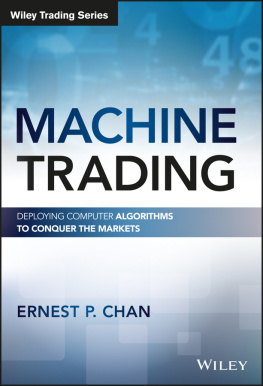

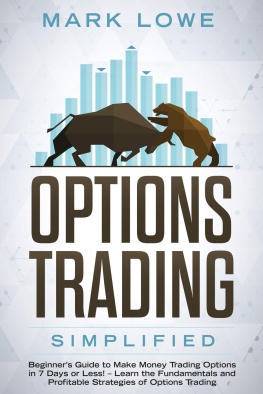
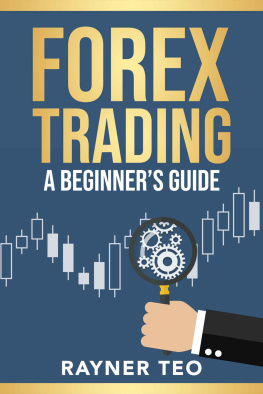
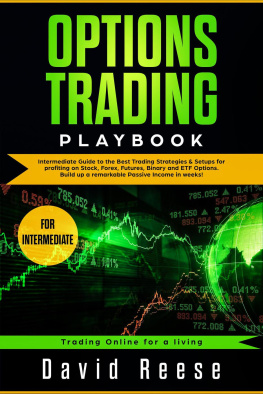
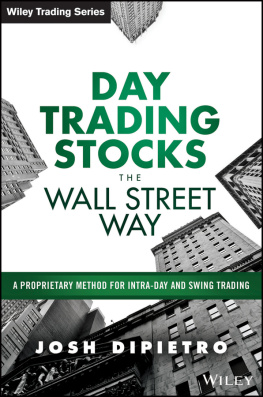
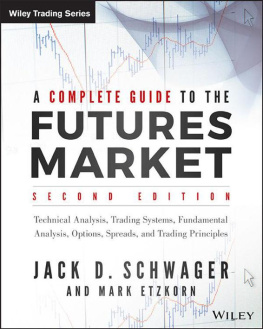
![Josh DiPietro [Josh DiPietro] - Day Trading Stocks the Wall Street Way: A Proprietary Method For Intra-Day and Swing Trading](/uploads/posts/book/124135/thumbs/josh-dipietro-josh-dipietro-day-trading-stocks.jpg)
